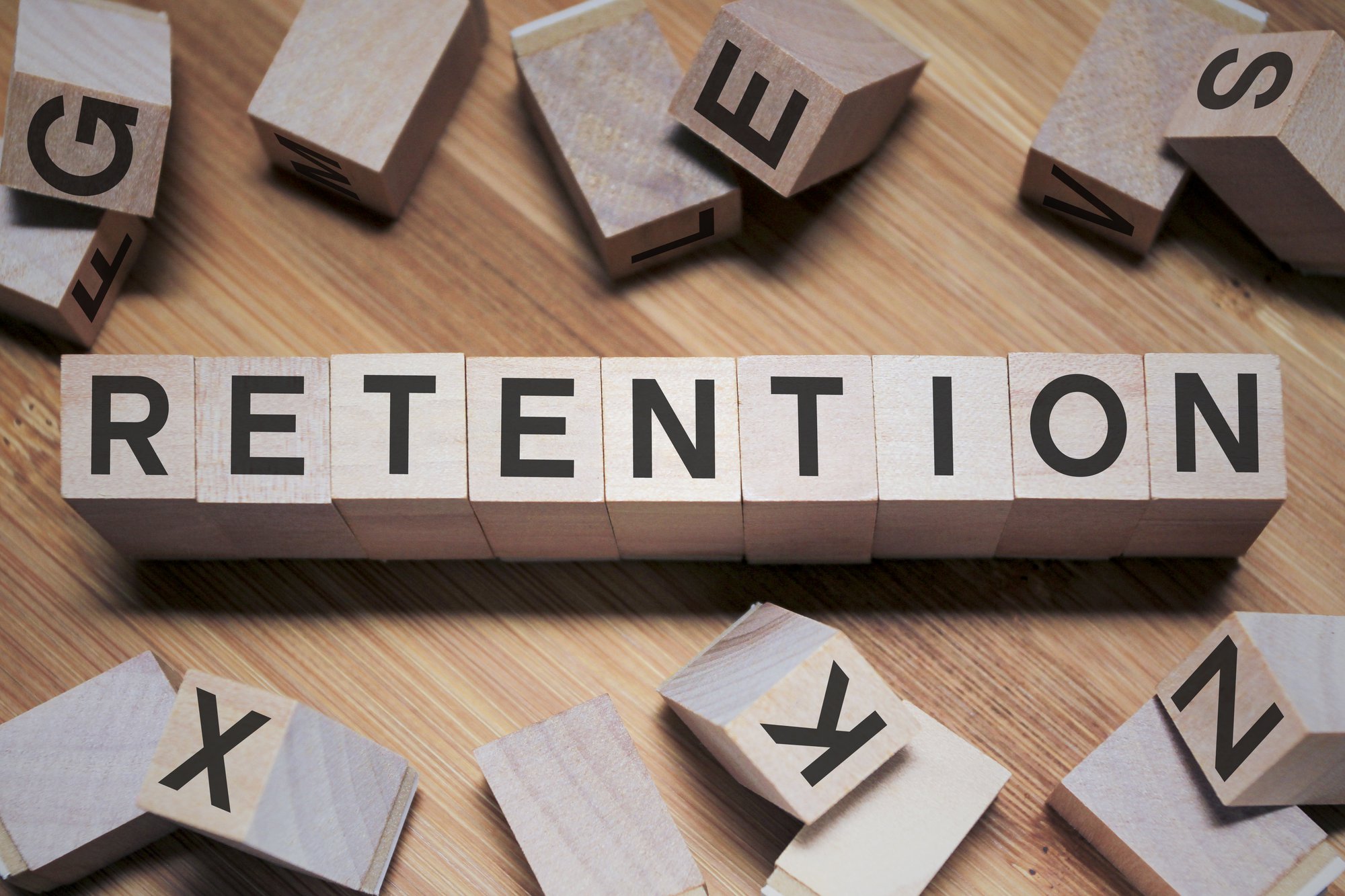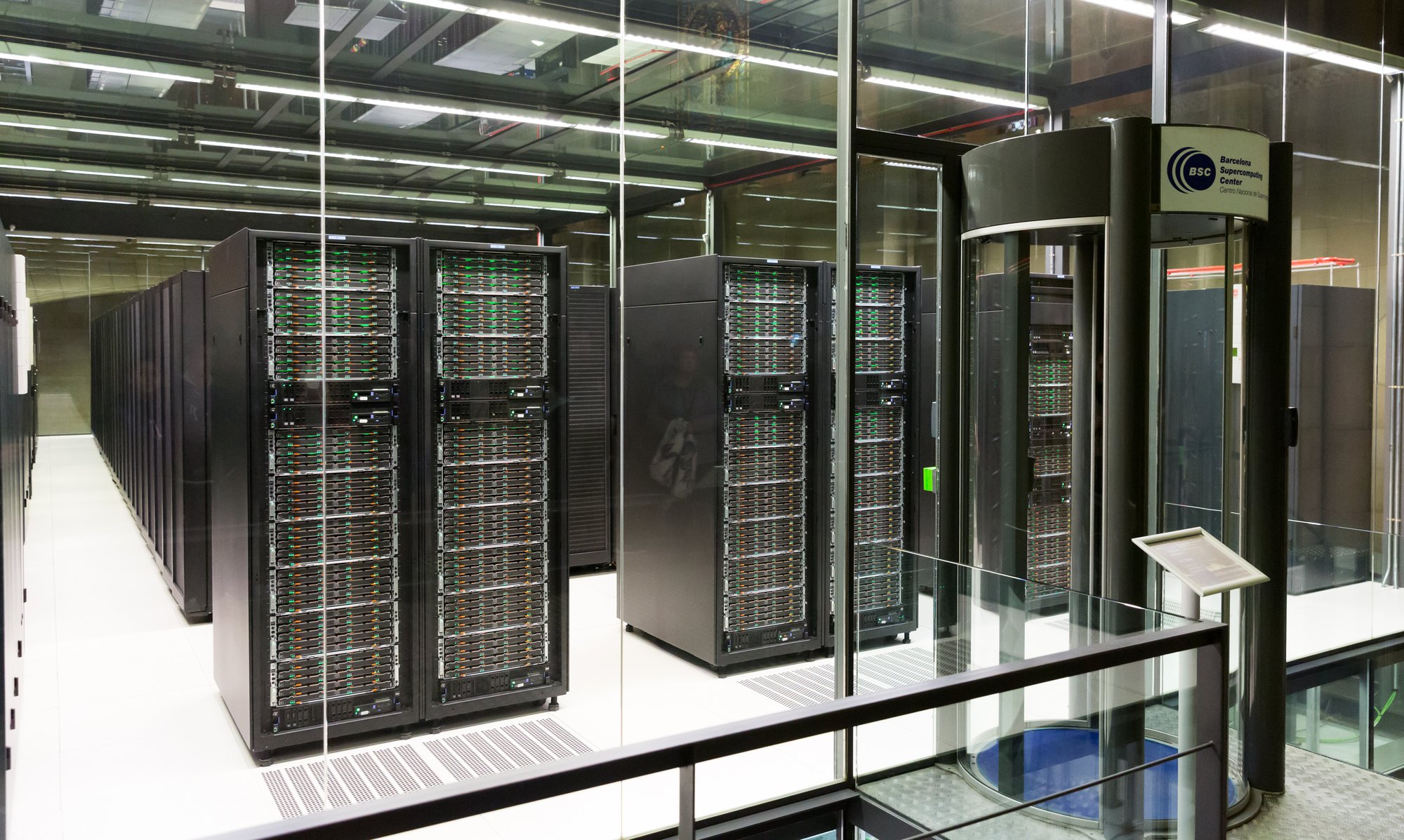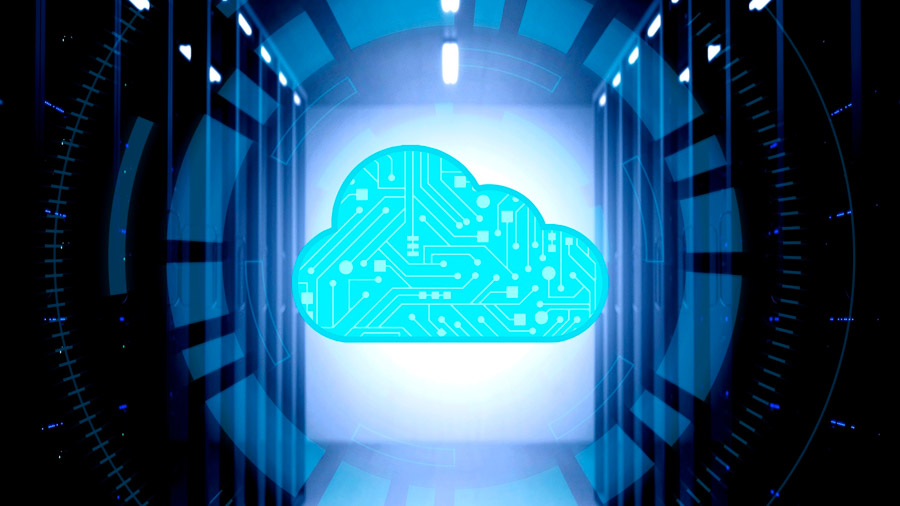
Beyond the Cost Savings of Application Decommissioning: Improved Efficiency
As organizations embrace newer, better technologies, the older applications have a tendency to pile up in the corner of the data center. This inefficiency is made worse as companies are acquired and transitioned onto the company standard applications. Eventually, they become costly to manage due to support fees for both software and hardware, data center charges, labor costs for application maintenance and backups, and labor costs for application support. However, the data contained within these inactive applications is still very important, so it must be stored somewhere.
Application retirement tools like SOLIXCloud Application Retirement make it easy to decommission inactive applications and archive the data, resulting in huge cost savings for the organization and improved system performance—a study done by the Compliance, Governance, and Oversight Council (CGOC) showed that the average annual cost savings for decommissioning inactive applications was $40,000 and that for larger, enterprise class applications, the annual savings could exceed $120,000.
A successful application retirement project doesn’t just end with the up-front cost savings though, it also improves efficiency for the organization. Below, I’ve outlined three of these opportunities that results from decommissioning inactive applications.
Easier self-service for the end user
SOLIXCloud Application retirement enables self-service, end-user data access through the Analyst Workbench search screen. Searches, like all data access in SOLIXCloud, are strictly enforced using role-based security (meaning users can only retrieve data that they have been authorized to see). Once an end-user retrieves their search result, the data can be easily loaded into Excel where the user can slice and dice, sort, and format the data as they see fit.
For use cases where the data must be retrieved in real time and frequently, SOLIXCloud provides a forms functionality to replicate an application inquiry screen. This might be useful for a customer support team that needs to look up customer history or product warranty information from the archive while the customer is on the phone.
Improved search of data for all types of users
SOLIXCloud Application retirement provides organizations with an Enterprise Business Record (EBR)—a model of the entire business object (including both structured and unstructured data) stored in a denormalized, flattened structure.
This EBR comes to life through the power of search—a business user can access retired data without having to know anything about technologies like SQL or about the underlying data model. They only need to know how to use a search tool. The EBR with search enables the concept of self-service, end-user data access.
Access to data from anywhere
All SOLIXCloud-retired applications are hosted in the cloud on the Microsoft Azure platform. This makes data accessible to employees and legal professionals from anywhere in the world, at any time. Automated role-based controls restrict data access to only the appropriate people.
SOLIXCloud Application retirement is a low-risk, low-cost, and scalable solution for decommissioning legacy applications in the cloud. To learn more and sign up for a free trial, visit https://cloud.solix.com/data-management-on-cloud/application-retirement-decommissioning-as-a-service/



